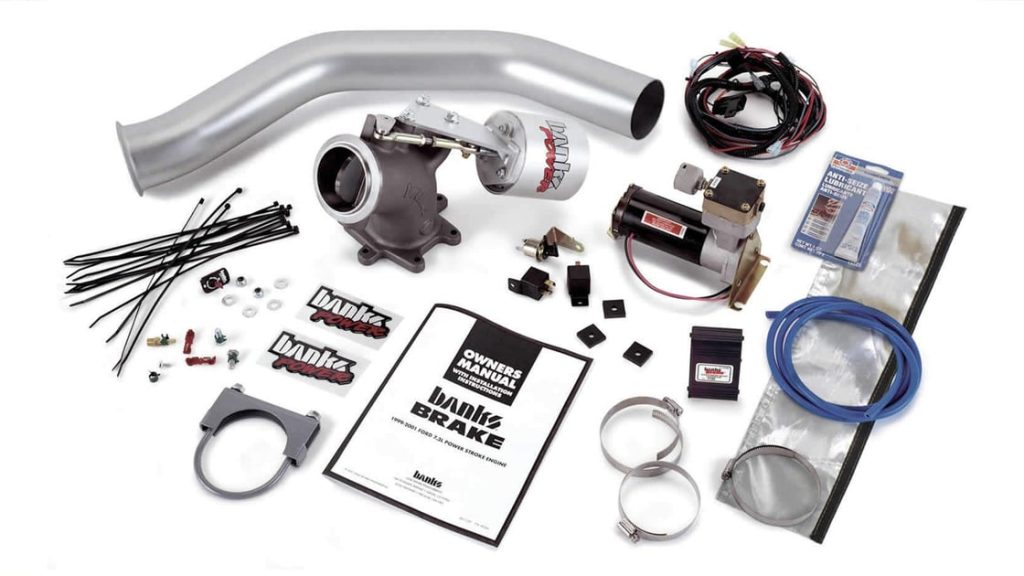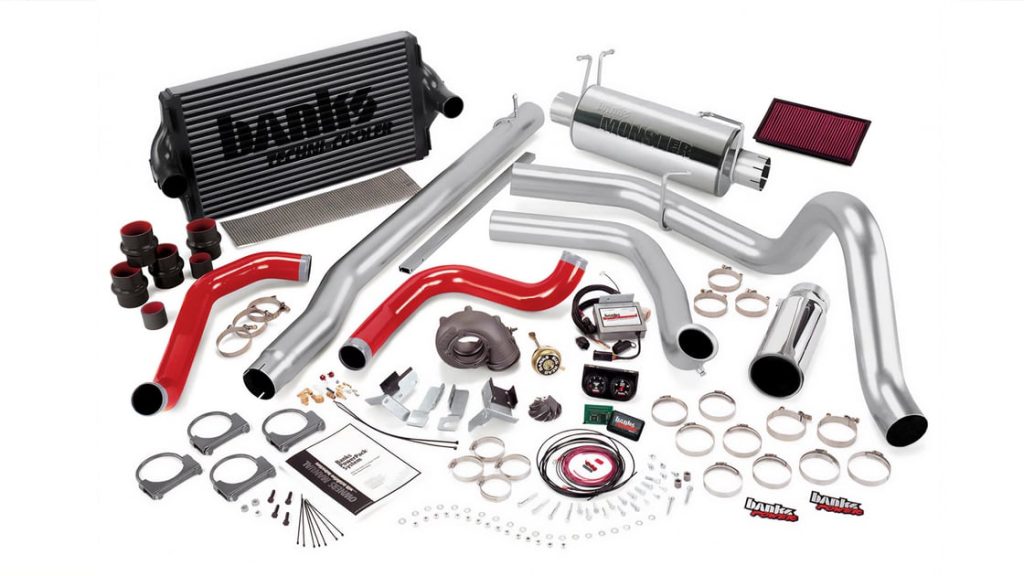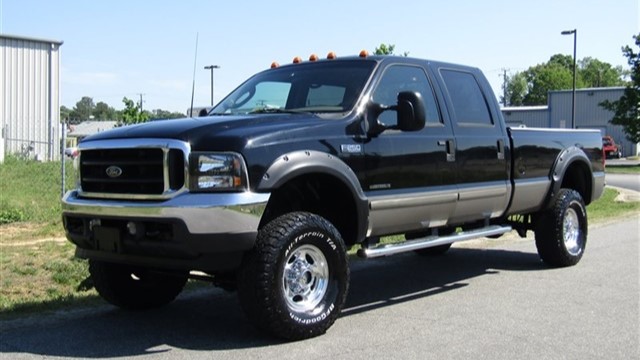Power and Braking for Ford 7.3L
We recently had a chance to chat with Scott Davidson, who was at Banks to have a Banks Brake (photo below) installed on his truck. We learned that the exhaust brake wasn’t the first Banks product installed on his Super Duty. “It’s a 2003 F-250 Power Stroke, and it’s a very late production 7.3L. The truck spent its whole life in Widomar, California until I got it a couple of years ago. The previous owner told me when he went to the dealership to buy a truck that he was disappointed that they had a bunch of 6.0s. But then he found this one hidden in the back of the lot. The salesman didn’t even know it was a 7.3L!”

“Well, to be honest, I don’t tow anything. I’m from Tennessee and, as odd as it may sound, my truck is kinda a link to home. We use it for hauling our dogs, Boy Scout camping trips, and home improvement projects. I remember seeing Stacy David install the whole Banks catalog onto a red F-250 on Trucks! TV back when I was in college, and when I finally bought this beast a couple of years ago I looked to see if any of the products were still available. Lucky for me they still were! I bought everything: the full Power Pack (shown below), and now the Banks Brake. I wanted the exhaust brake for coming down long grades, so I could help manage the speed without riding the service brakes. Installing the Brake also eliminated the EBPV actuator and the possibility of that leak. After driving it around for a few days, I like how it works when I use it at freeway speeds. The PowerPack really added some pep. It’s more responsive and quicker without really affecting my fuel economy.”

“When I look back at everything that I bought from Banks I have to say that there are a few good reasons why I went their kits. I trust the engineering and that everything will work together, and I don’t have to worry about one part fighting with another and reliability issues. It’s also CARB compliant. These days there’s a lot of pressure on the diesel aftermarket community to keep it clean. I’m interested in power and economy, not in getting crossways with CARB or the EPA.”

